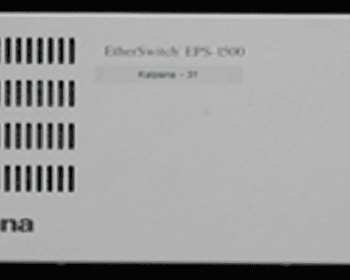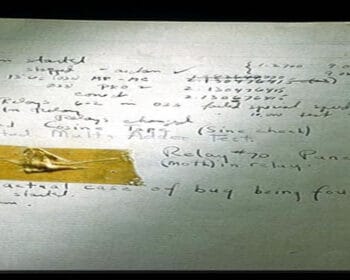GPS Bombs

CNN article; February 9th, 1998 Military researchers have developed a new bomb that is guided by satellites instead of lasers so pilots can hit their targets even during cloudy weather. During the 1991 Persian Gulf War, pilots couldn’t always hit their targets with laser-guided bombs in cloudy weather because clouds…





